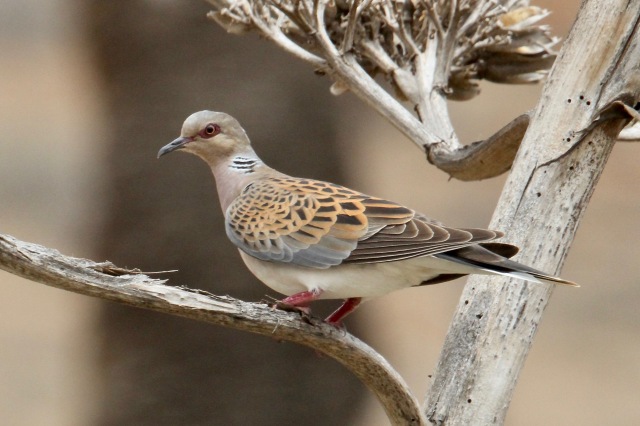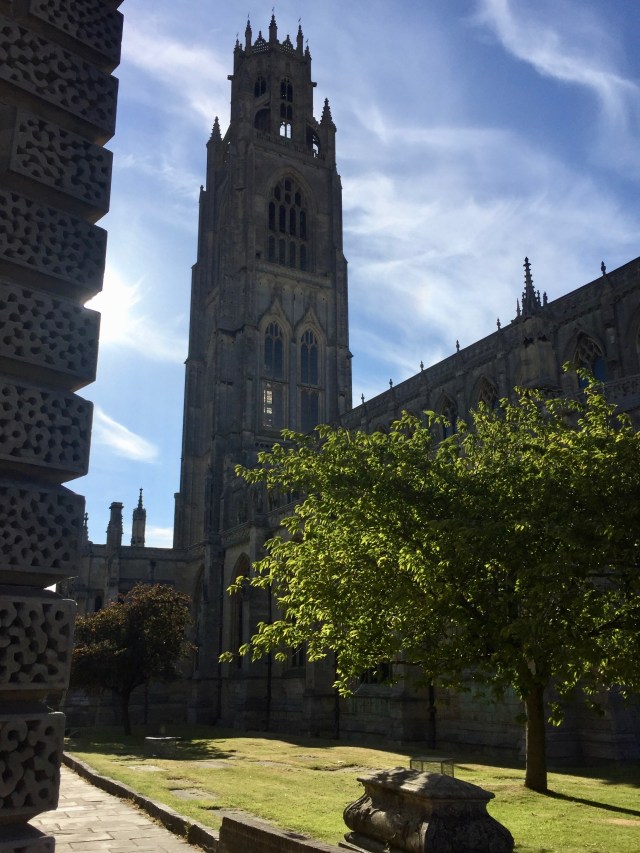The island’s only endemic – the must-get Canary Islands Chat
We’ve just returned from a ‘cheeky week’ birding on Fuerteventura, with friends Bob & Sue. We flew with Ryanair from Stansted, stayed at the Eurostars hotel in Caleta de Fuste – central for visiting all parts of the island, and hired a car from Goldcar – where the guy behind the counter gave us an excellent recommendation for a tapas bar with live music, the El Capitan. It turned out to be a superb place – we eat there every night!
You certainly don’t go to Fuerteventura expecting a big list – or if you do you’ll be sadly disappointed – but what you do see is pretty special. As well as the must-get desert species: Houbara Bustard, Cream-coloured Courser, Black-bellied Sandgrouse, Barbary Partridge, Trumpeter Finch & Lesser Short-toed Lark, we caught the tail-end of Spring migration with Iberian & Spotted Flycatcher and Melodious Warbler being’ the high-lights. The ever-present Spectacled Warbler, Berthelot’s Pipit and Canary Islands (Fuerteventura) Chat, interspersed with African Blue Tit, Canary, Egyptian Vulture and Barbary Falcon all made for a great birding experience. On an island where fresh water is at a premium – average annual rainfall is only 200mm – we saw some interesting ‘water birds’ – Little & Cattle Egret, White Stork and Spoonbill, but ‘star bird’ was, without doubt, the long-staying, though seemingly increasingly elusive, African Dwarf Bittern. It took us seven visits to Barranco de Rio Cabras and more than 15 hours solid observation to finally get acceptable views of this ‘5th for the Western Palearctic’.
The desert species can take some finding – 25 of these Black-bellied Sandgrouse were found at a well-known mid-morning drinking pool

Harder to find were Houbara Bustard – record shot taken in the heat of the afternoon sun

Found whilst looking for the bustards – one of a small flock of Lesser Short-toed Lark

The Micronesian endemic – the ubiquitous Berthelot’s Pipit – found pretty-much everywhere on the island

Raptors are thinly distributed but we did find seven Egyptian Vulture together in one spot – we also came across a breeding bird on it’s nest

Turtle Dove, though near-mythical now in Norfolk, were present in good numbers on Fuerteventura

along with a few well-dispersed Laughing Dove, and African Blue Tit


Spring migrants were scarce, most having already gone through, but we did find Melodious Warbler and Iberian Pied Flycatcher together in Barranco de la Torre


The resident shrike is the koenigi race of Iberian Grey Shrike

Unlike on the mainland, Spectacled Warbler are easy to find on Fuerteventura

A splash of colour was provided by Trumpeter Finch, with their unmistakeable ‘toy trumpet’ call

But the ‘bird of the trip’ was, without doubt, the long-staying African Dwarf Bittern – finally seen well after seven visits and over 15 hours intensive observation!

Other wildlife highlights included two special dragonflies: Broad Scarlet & Epaulet Skimmer


and Fuerteventura Green-striped White butterfly


















































